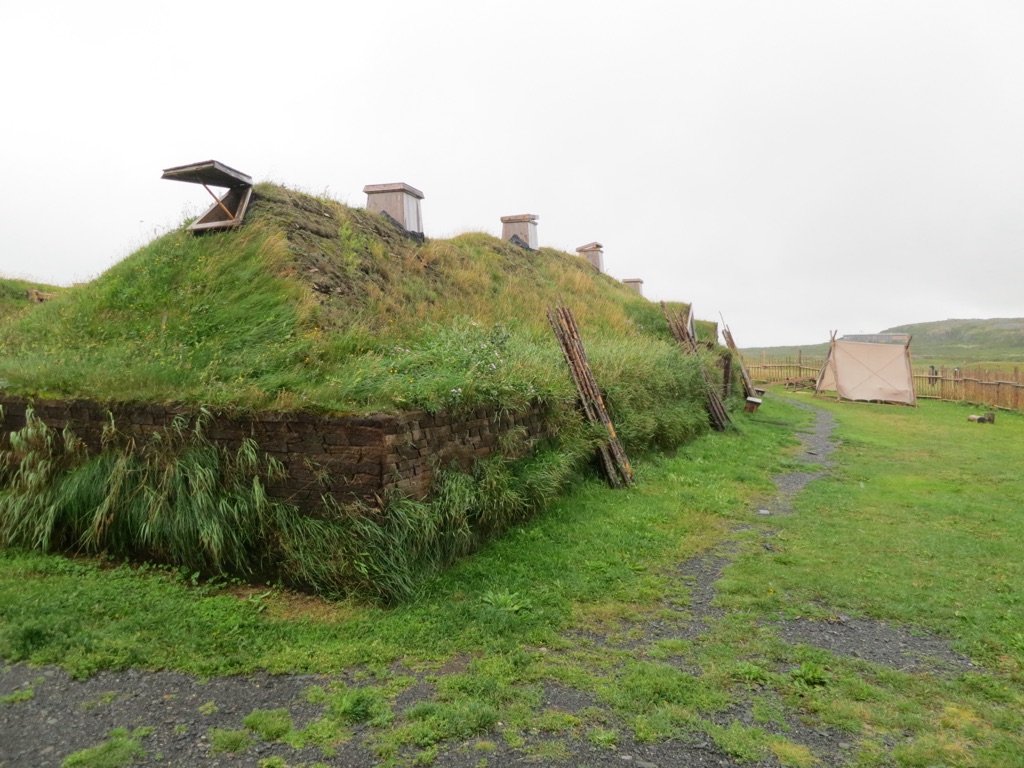L’Anse aux Meadows is a historical site located at the northernmost tip of the island of Newfoundland in Canada. This site is renowned for being the only confirmed Norse or Viking settlement in North America outside of Greenland. Dating back to around 1,000 years ago, it provides evidence of the first European presence on the continent. The settlement consists of eight timber-framed turf structures that resemble Norse buildings found in Greenland and Iceland. L’Anse aux Meadows is a UNESCO World Heritage site, recognized for its historical significance as it represents the farthest known extent of European exploration and settlement before the voyages of Christopher Columbus.
Get your dose of History via Email
Historical Background of L’Anse aux Meadows
The discovery of L’Anse aux Meadows dates back to 1960 when Norwegian explorer Helge Ingstad and archaeologist Anne Stine Ingstad identified the site. They followed a hunch that the Norse had reached North America long before Columbus. The Ingstads conducted extensive excavations, which unearthed evidence of Norse presence. The site was built by Norse explorers around the year 1000 AD, as indicated by the style of the buildings and artifacts found.
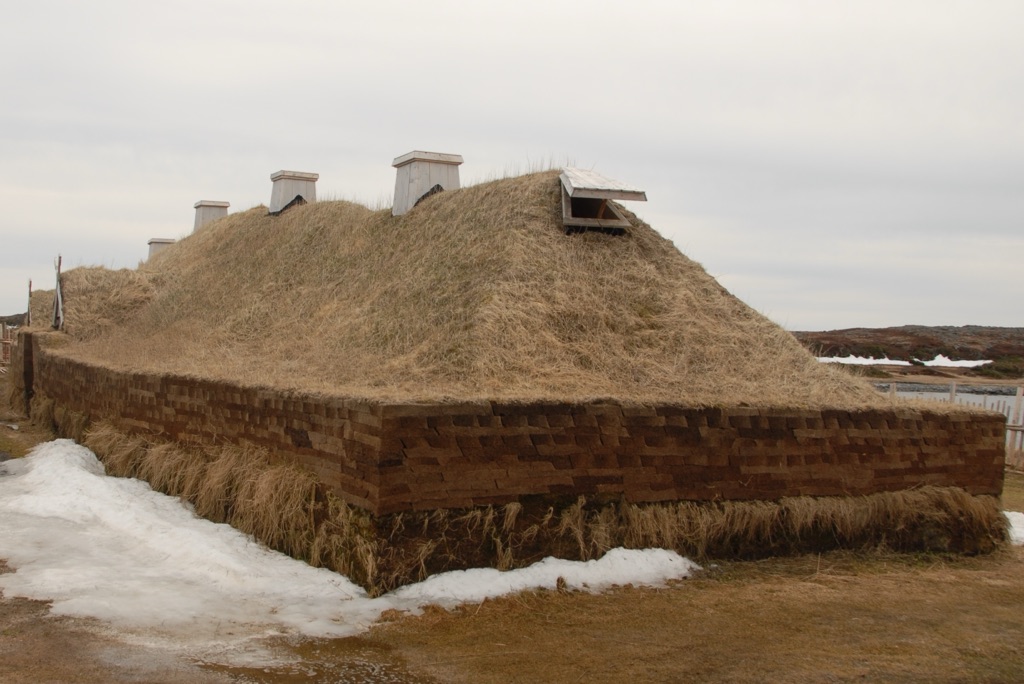
After its construction, L’Anse aux Meadows served as a base camp for exploration. It’s believed that the Norse used the site for a short period, possibly a few years. The settlement was small, suggesting it wasn’t meant for permanent occupation. Instead, it was likely a staging area for expeditions into the interior of the continent or further south.
No significant events in the broader scope of world history occurred at L’Anse aux Meadows. However, its existence is historically important. It stands as proof of pre-Columbian transatlantic contact. The site’s discovery changed our understanding of Viking expeditions and the history of exploration.
After the Norse left, there is no evidence that L’Anse aux Meadows was inhabited again until the modern era. The site lay dormant, covered by grass and soil, which helped preserve it for centuries. It wasn’t until the Ingstads’ exploration that L’Anse aux Meadows re-emerged into the light of history.
The site’s significance lies not in the events that took place there but in its existence as a tangible link to the Norse sagas. These sagas spoke of voyages to a land called Vinland. L’Anse aux Meadows is the strongest archaeological evidence supporting these stories, bridging the gap between legend and history.
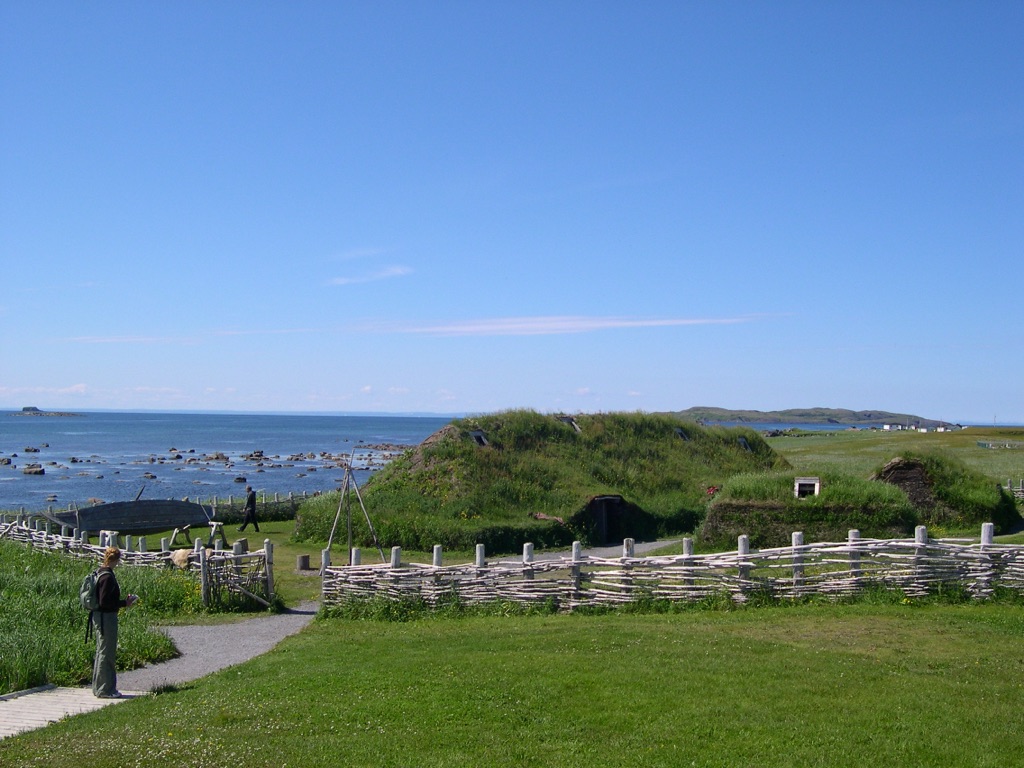
About L’Anse aux Meadows
L’Anse aux Meadows is a unique archaeological site that provides a glimpse into the lives of the Norse explorers who reached North America. The site consists of the remains of eight buildings, including living quarters, a forge, and a carpentry workshop. These structures were constructed using a technique known as ‘sod building,’ where wooden frames are filled with turf.
The buildings at L’Anse aux Meadows are characterized by their long, low profiles. They were built partially underground to withstand the harsh weather conditions of Newfoundland. The largest structure is believed to have been a hall or communal building, typical of Norse architecture of the period.
Artifacts found at the site include iron nails, stone weights, and a spindle whorl. These items suggest that the inhabitants engaged in boat repair, iron working, and textile production. The presence of a spindle whorl is particularly significant as it indicates women were likely part of the expedition.
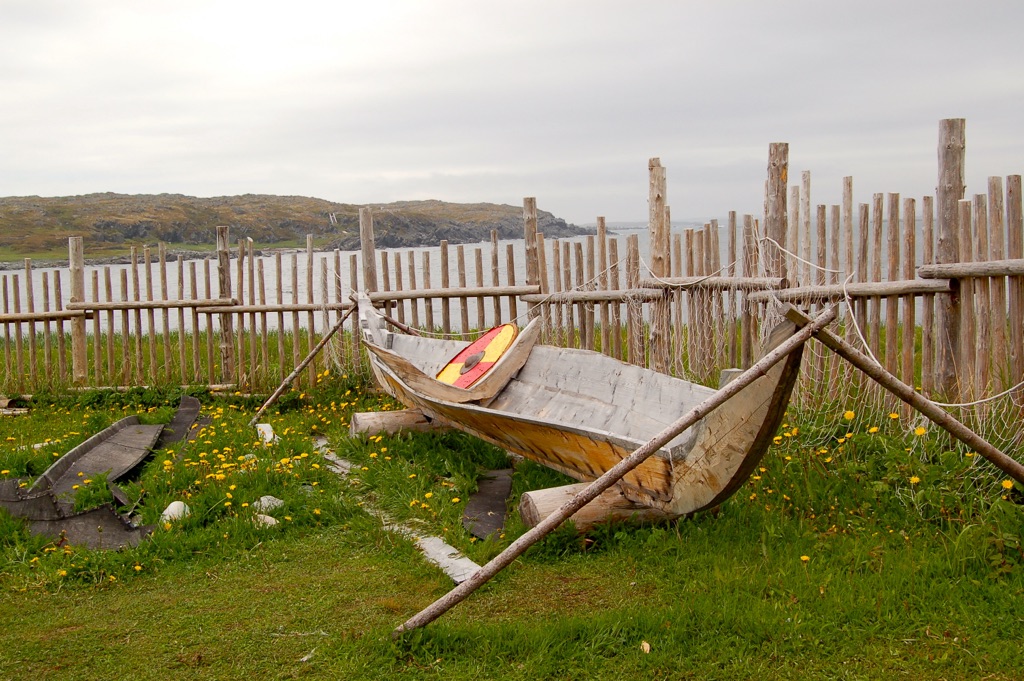
The construction methods and materials used at L’Anse aux Meadows are consistent with Norse building practices of the time. The use of local resources, such as timber and turf, demonstrates the adaptability of the Norse settlers. The site’s layout also reflects a well-planned design, optimized for the activities carried out there.
Today, L’Anse aux Meadows is not only an archaeological site but also a tourist attraction. Visitors can explore reconstructed buildings that give a sense of how the Norse settlers lived. These reconstructions are based on archaeological findings and historical knowledge of Norse settlements.
Theories and Interpretations
Several theories surround L’Anse aux Meadows, primarily concerning its purpose and the extent of Norse exploration. One theory posits that the site was a temporary settlement used for exploration and as a base for further voyages. This aligns with the small size of the settlement and the lack of evidence for long-term habitation.
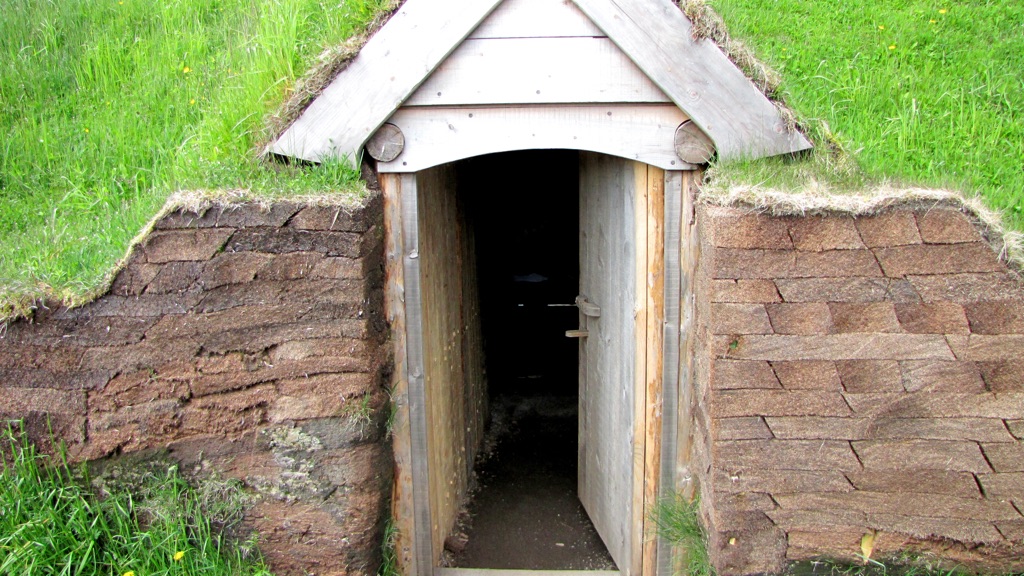
Another theory suggests that L’Anse aux Meadows could be the fabled Vinland mentioned in Norse sagas. However, some scholars argue that Vinland was likely further south, where wild grapes grow, which Newfoundland does not support. Thus, the exact location of Vinland remains a subject of debate.
The mysteries of L’Anse aux Meadows include the reasons for its abandonment. Some suggest that conflicts with indigenous peoples, known as the Skrælingar in Norse sagas, may have played a role. Others believe that environmental factors or the challenges of sustaining a settlement so far from established Norse colonies led to its demise.
Dating of the site has been carried out using radiocarbon methods. These tests have confirmed the settlement’s age to around the year 1000 AD. The precision of this dating has helped solidify the timeline of Norse exploration in the New World.
Interpretations of the site have evolved as new discoveries and research shed light on the Norse in North America. L’Anse aux Meadows continues to be a focal point for understanding the extent of Viking exploration and their interactions with the New World.
At a glance
- Country: Canada
- Civilization: The Vikings (Norse People)
- Age: Approximately 1,000 years old (circa 1000 AD)

